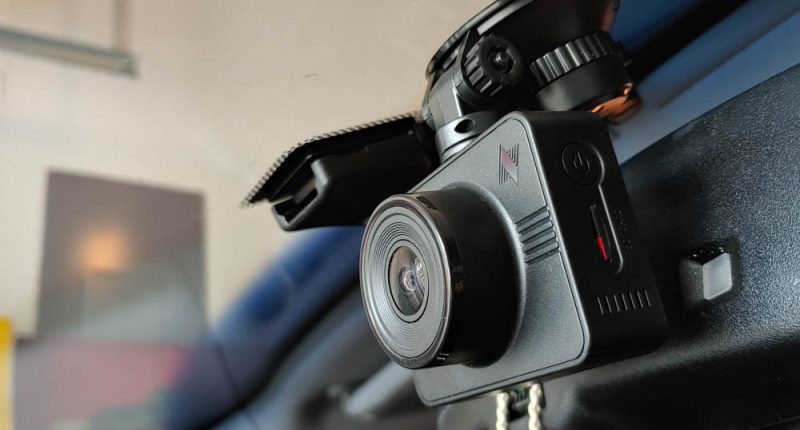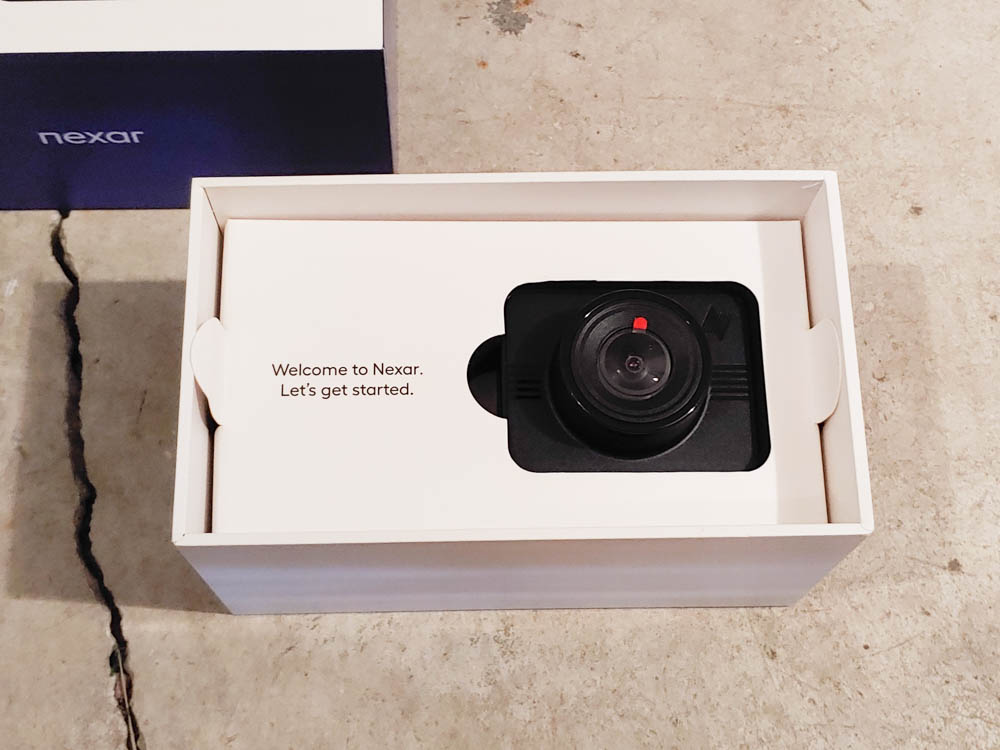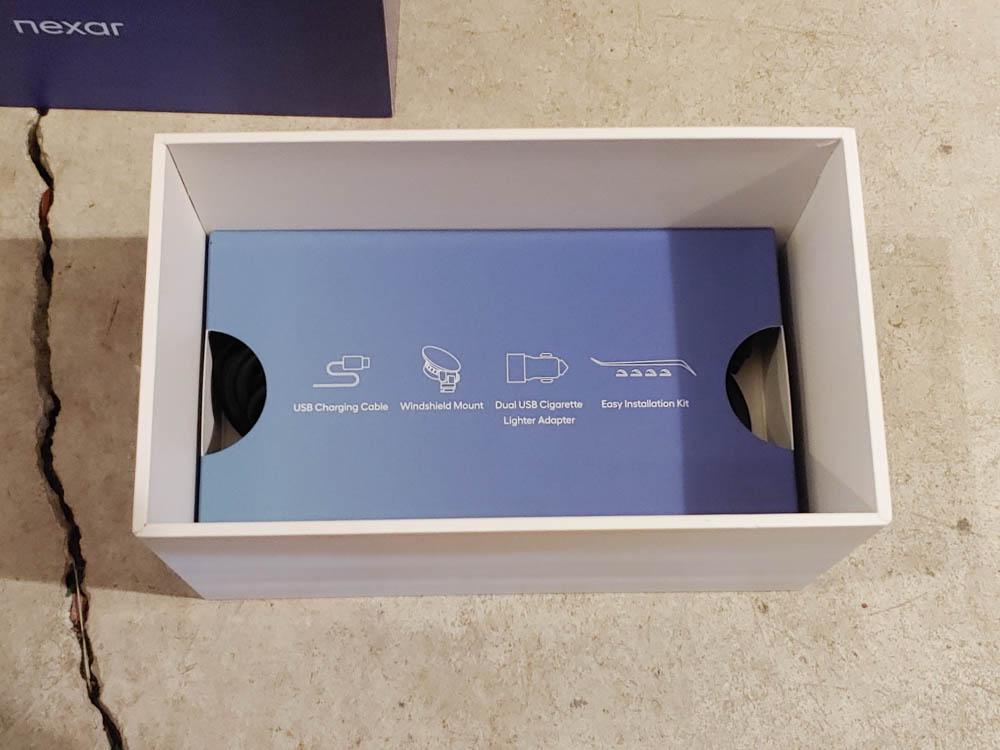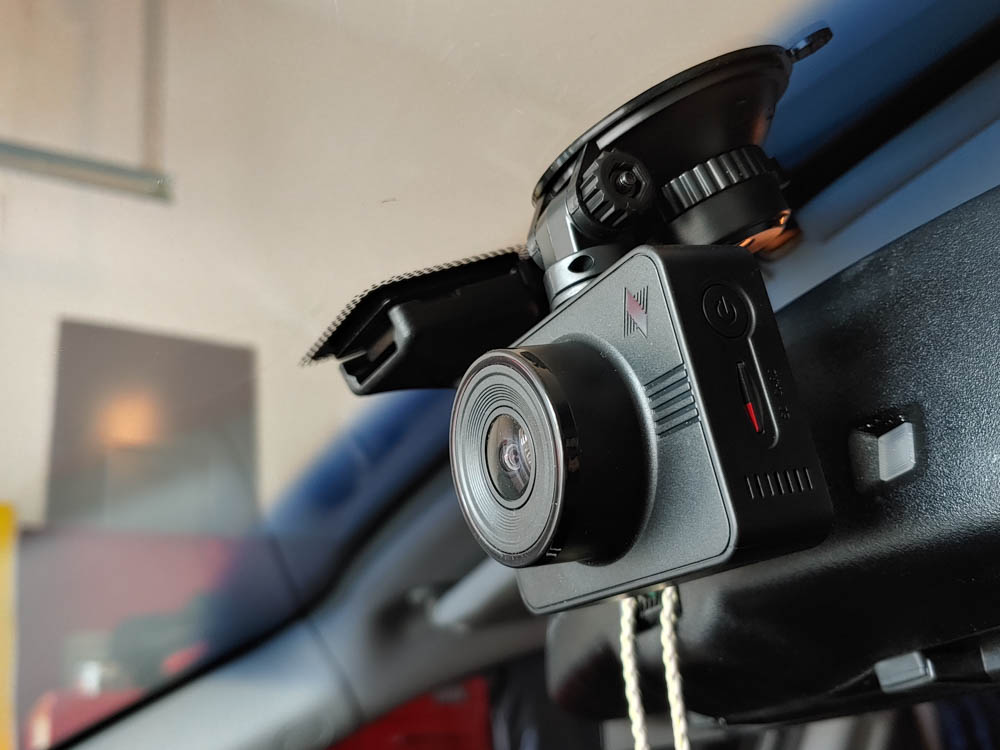
I got another dash cam review for you this week so I’m just going to jump straight into this one. Like always, I’m a big believer that everyone should have a dash cam in their vehicles, regardless of what type it is because any form of evidence is better than no evidence at all. Today I’m looking at the Nexar Beam Dash Cam, their most popular dash cam they sell.While on paper, there doesn’t seem to be anything particularly special about it, it does have a few really neat features that’s tied into their connected app.
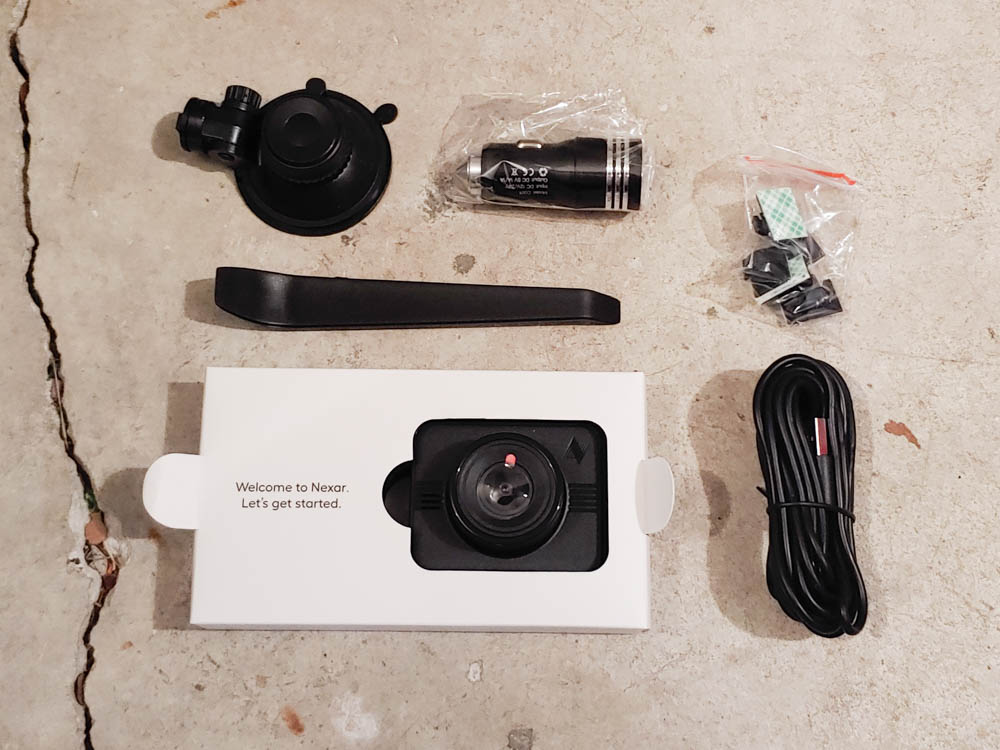
Let’s first start with design and specs. The Nexar Beam is a fairly small, squarish box with a lens attached to it. There’s nothing glamorous about it or flashy. It’s just deigned to get the job done. The body houses just one button, which is the power button and a SD card port. The unit I received came with a 32gb card already installed. The only other distinguishing design elements are two little LED lights that just tell you the status of the camera and Wi-Fi connection. The Nexar Beam attaches to your windshield via suction cup mount and the whole package is super light and easily mounted out of the way behind your rear view mirror if you so choose to put it there.
You’ll notice I didn’t mention a display, because it doesn’t have one. The camera is a 1080p FHD unit with a super wide lens. It also has G-force sensors to detect hits and hard stops. That’s pretty much for the hardware which again doesn’t seem like much but it’s the connected app that’s the real brains behind the whole system.
To get the most out of the Nexar Beam Dash Cam, you’ll need the Nexar app which is available on both iOS and Android. You’ll need the app to set up the dash cam, as well as register yourself as a user, set up the free cloud backups, and stream any of the videos captured from the camera to your phone. Pretty much you’ll need the app to really do anything with the Nexar Beam.
Here’s where the app shines. The app allows you to record rides, where it’ll capture an entire ride along with GPS data collected from your phone while on the ride. You have to save these manually however, otherwise it will only save clips if it detects hits, bumps, or hard braking. You can however pop the SD Card out of the dash cam and check out the footage manually on your PC in which case it does save all video recorded while it’s on in clips of 1, 2, 3, or 4 minute increments.
In terms of video quality, it’s pretty much what you’d expect from a 1080p camera. It picks up a decent amount of detail, but it’s not quite as clear as with a camera with 2K or 4K recording. The video is still acceptable however and will capture a good amount of data up front along with sound. You will notice that the video itself does not show speed or GPS data, just the date and time.
The Nexar Beam Dash Cam by itself isn’t that impressive, especially when compared to what’s been coming out in 2020. It’s the software however that makes the Nexar Beam a compelling product. Being able to record a full ride is useful for stuff like ride sharing or maybe you want to record driving directions, which this works for too. I also really like the fact that cloud saves are completely free with no limit to how much you can upload. It also seems like it would be possible for Nexar to add functionality to the dash cam by just updating their Nexar app, which I find very interesting meaning you wouldn’t need to buy a new dash cam to get new features.

All-in-all, while the Nexar Beam isn’t as good as much of the dash cams I’ve already looked at in 2020, it might have one of the best apps out there and it’s amazing to me that cloud saves are free.
